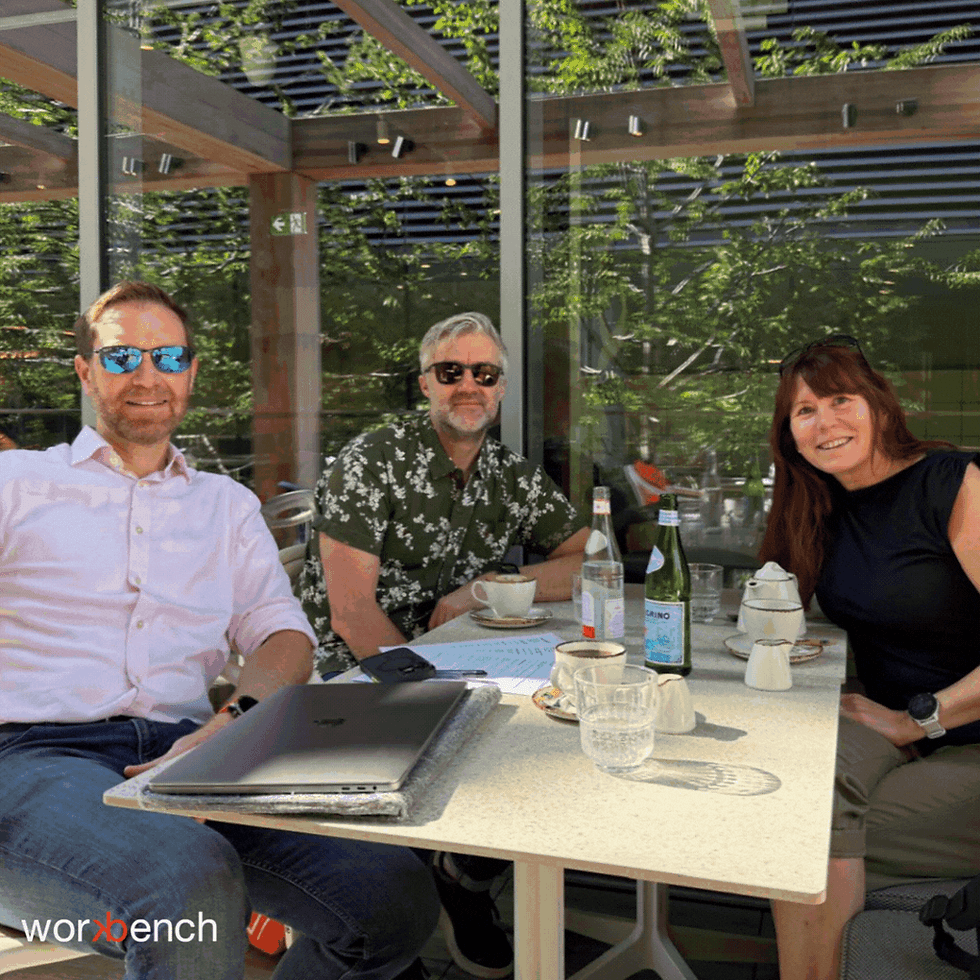Closing the loop, the Circular Economy
- workbenchdesign

- Feb 24, 2023
- 2 min read
The environment, and everything that goes with it is one big conversation going on in every industry at one level or another. But with so many theories being thrown around do we know what is actually being said?
For many, it is about reducing emissions, lowering carbon use and focusing on innovative ways to make this happen as soon as possible. The Paris Agreement in 2015, outlines the UNFCCC's [1] plan to reduce emissions by 50% before 2030, with 193 UN [2] members as of 2021 on board, the next question is how will this be achieved?
This brings us to this week’s topic; The Circular Economy, by no means a new concept, it was first brought to the attention of experts in 1966 by Kenneth Boulding [3]. 2012 is where the theory found its feet in the world of business due to the Ellen Macarthur Foundation’s [4] report entitled ‘Towards the Circular Economy: Economic and Business rationale for an accelerated transition’ [5].
So, what is it?

Put simply, it is the idea of placing the responsibility of product disposal on the manufacturer.
What was the last thing you threw away? A food wrapper, some old furniture, a 3-year-old phone…
This list is endless, and the waste accumulation further still, this is the basis of a linear economy. The West and its consumerist ideology have developed a ‘take, make, dispose’ school of thought which has led to finite resources becoming scarce and landfills struggling to cope with the levels of waste being turned out daily.
But what if your furniture, phone, packaging, was designed with its afterlife in mind. This could be the manufacturer using materials that can be easily decomposed or constructing a product that can be repaired easily to last longer or remade into a new product all together. These are the ideas behind the circular economy, by considering the afterlife of a product during manufacture, in theory, the product in question will stay in circulation for a prolonged period, reducing the reliance on non-renewable resources. Ideally a circular economy should produce no waste.
There are two cycles:
First, the biological cycle, comprised of products that can decompose; therefore, their circular qualities involve being fed back into the earths nutrients and continue to provide for the economy.
The technical cycle, consisting of products that do not have the same ability to decompose, therefore should be designed to be easily repaired, taken apart, reassembled or repurposed ensuring longevity within the cycle.
These two different product cycles are not always mutually exclusive, which can raise further manufacturing considerations and product awareness. The more mainstream this concept of production becomes, the closer we get to reaching the overall goal, zero waste.
We’ve all heard that actions speak louder than words, so let’s stop talking and start doing! Workbench has taken this concept in its stride, curating the initiative 'Workbeyond' and starting with our LOOP table range, to work the Circular Economy into our business model. Creating beautiful furniture is how we start our journey, designing and making it to last forever is the destination.

Written by Porter Locke, graphics by Anna Bains
References;











